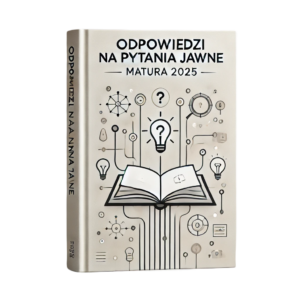Halloween.
Few holidays tell us as much of the past as Halloween. Its origins date back thousands of years to the Druid festival of Samhain, Lord of the Dead and Prince of Darkness, who, according to celtic belief, gathered up the souls of all those who had died during the year to present them to Druid Heaven on October 31.
The Druid New Year began on November 1, marking the beginning of winter and the reign of the Lord of Death. The Druids called upon supernatural forces to placate the evil spirits and it is from that tradition that modern Halloween gets the paraphernalia of ghosts, goblins, witches, skeletons, cats, masks and bonfires.
The custom of telling ghost stories on Halloween also comes from the Druids,. To honour the Sun god and to frighten away evil spirits, they would light huge bonfires atop hills and as they sat grouped around, they would relate eerie happenings they had experienced.
As Christianity replaced the pagan religions, the Church set aside November 1 to honour all the saints (all-hallows) and called it All Hallows’ Day. The evening before: October 31 became All Hallows’ Eve – later shortened to the word Halloween.
Halloween customs today, although happy and frolicsome rather than sober, follow many of these ancient practices. When children wearing scary costumes , masks or witches’ hats, carrying jack o’-lanterns go for “trick or treat” round the neighbourhood they are carrying on an accumulation of ancient traditions whose significance has long since disappeared.
The jack o’-lantern, most typical of Halloween symbols, began with the Irish. According to a legend a man named Jack, who was kept out of Heaven because he was stingy and expelled from Hellfor playing tricks on the Devil, was condemned to walk the earth forever carrying a lantern to light his way.
On this day some youngsters play pranks, and others gather for a party where they enjoy a taffy pulling contest, bobbing for apples, telling ghost stories or playing games which features spooks. The party-goers play pranks on their way home.
